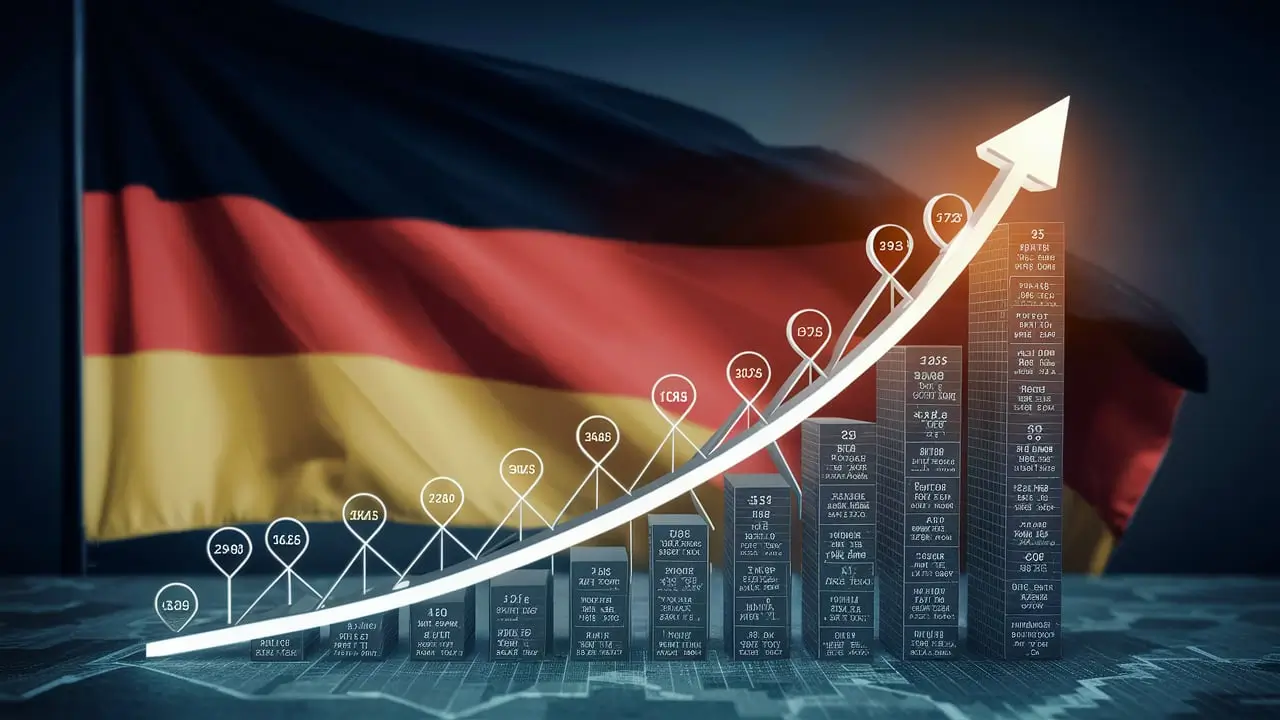Naturalisations in Germany have shown a remarkable upward trend over the past decade, with recent years witnessing an unprecedented surge. This article analyzes the data on naturalisations from 2010 to 2023, highlighting key trends and potential factors influencing these changes.
Trend Analysis
The data reveals a general upward trend in naturalisations in Germany from 2010 to 2023. Here are some key observations:
- Steady Growth (2010-2018): From 2010 to 2018, naturalisations in Germany showed a gradual increase, rising from 101,570 in 2010 to 112,340 in 2018. This period was characterized by relatively stable growth with minor fluctuations.
- First Significant Jump (2019): In 2019, there was a notable increase in naturalisations, reaching 128,905. This represented a 14.7% increase from the previous year.
- Pandemic Impact (2020): The year 2020 saw a decrease in naturalisations, dropping to 109,880. This decline could be attributed to the global COVID-19 pandemic, which likely affected administrative processes and immigration patterns.
- Post-Pandemic Surge (2021-2023): The most striking feature of the data is the dramatic increase in naturalisations from 2021 to 2023:
- 2021: 131,595 naturalisations
- 2022: 168,775 naturalisations (28.3% increase from 2021)
- 2023: 200,095 naturalisations (18.6% increase from 2022)
This chart visualizes the trend of naturalisations in Germany over the years:
Factors Influencing the Trend
Several factors may have contributed to the recent surge in naturalisations in Germany:
- Backlog Clearance: The sharp increase post-2020 could partly be due to clearing backlogs that accumulated during the pandemic.
- Policy Changes: Changes in German naturalization laws or policies may have made it easier for long-term residents to obtain citizenship.
- Demographic Shifts: The increase might reflect a larger pool of eligible residents who have met the residency requirements for naturalization.
- Geopolitical Factors: Global events and conflicts may have influenced more people to seek permanent status in Germany.
- Economic Incentives: Germany’s strong economy might be attracting more long-term residents to commit to citizenship.
The data on naturalisations in Germany reveals a clear upward trajectory, with an especially pronounced increase in recent years. From 2010 to 2023, the number of naturalisations has nearly doubled, rising from 101,570 to 200,095. This trend reflects Germany’s evolving demographic landscape and potentially its increasing attractiveness as a destination for long-term settlement.
As Germany continues to be a key player in the global economy and a significant destination for immigrants, it will be interesting to observe how these naturalization trends develop in the coming years. The recent surge in naturalisations in Germany may have far-reaching implications for the country’s social, economic, and political landscape.


